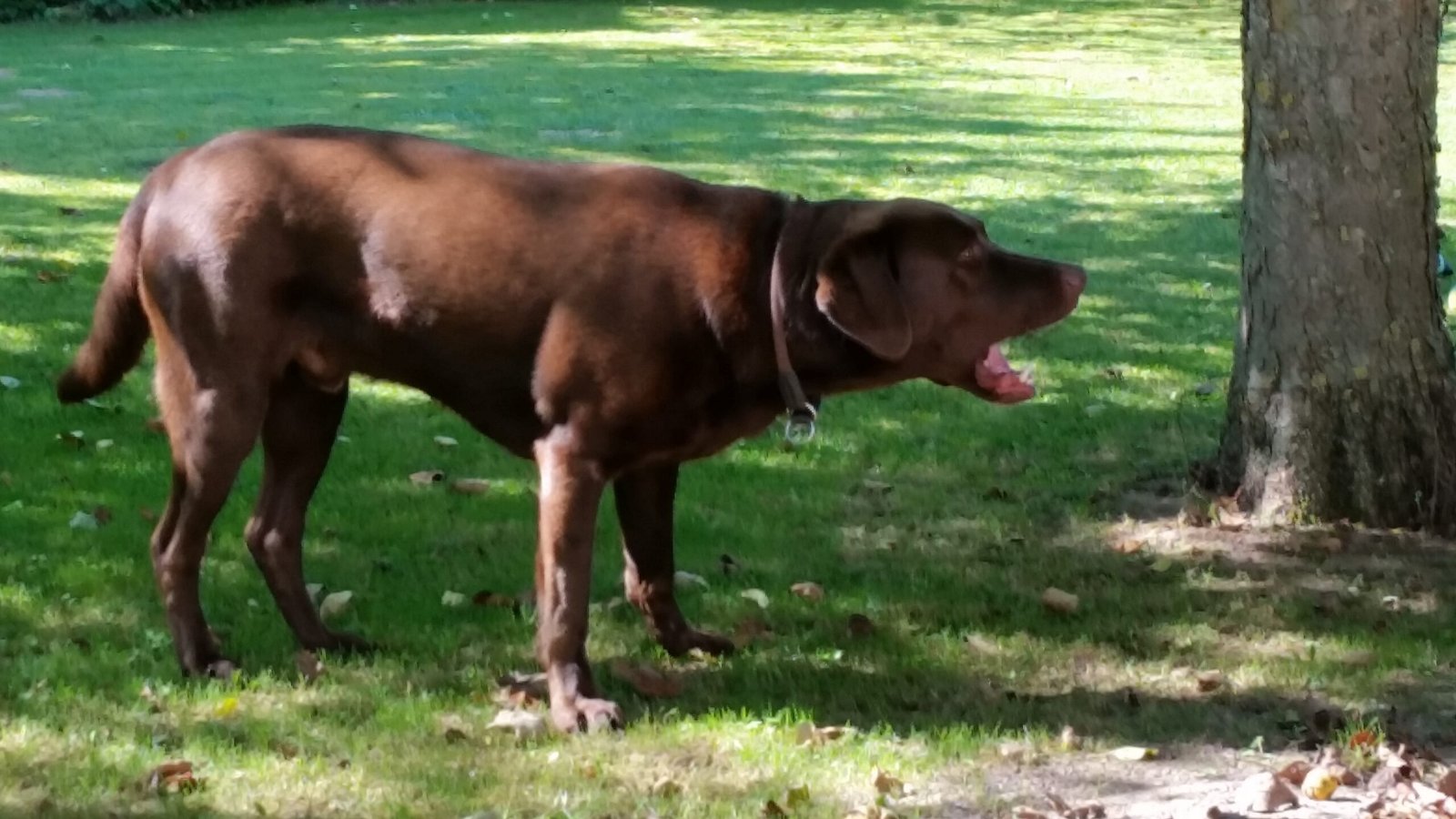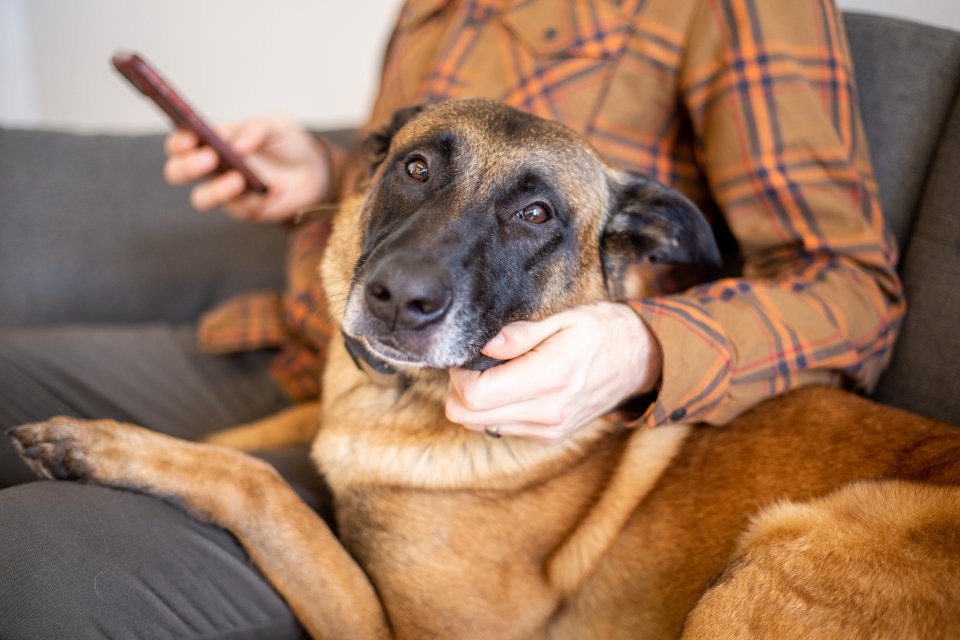Have you ever caught your dog staring at you with those big, soulful eyes and wondered what they might be thinking? If you’ve ever pondered this, you’re not alone. Dogs have been man’s best friend for thousands of years, and yet, there’s still so much mystery surrounding their behavior. Could it be that your furry companion is trying to communicate with you? The truth is, dogs have their own unique ways of expressing themselves, and if you pay close attention, you might just pick up on what they’re trying to say.
Your dog may not speak your language, but that doesn’t mean they’re not communicating. From subtle tail wags to unusual changes in behavior, dogs have their own way of letting us know when something’s up. Whether it’s a sign of affection, discomfort, or even a health concern, tuning into these signals can strengthen your bond and keep your pup happy and healthy. The question is—are you really listening? Let’s uncover the messages behind your dog’s actions.
The Language of the Tail
One of the most obvious ways dogs communicate is through their tails. A wagging tail doesn’t always mean a happy dog. The speed and direction of the wag can tell you a lot about your dog’s emotions. For instance, a slow wag with the tail positioned low often indicates insecurity or confusion. On the other hand, a tail held high with a rapid wag can be a sign of excitement or even aggression. It’s fascinating how much information can be conveyed through such a simple gesture, isn’t it?
Those Expressive Eyes
A dog’s eyes can speak volumes, sometimes more than words ever could. When your dog looks at you with soft, relaxed eyes, it’s a sign of trust and affection. However, if their gaze is intense and their eyes are wide open, they might be feeling threatened or anxious. In fact, scientists have found that when dogs and humans make eye contact, both release oxytocin, also known as the “love hormone.” This mutual gaze can strengthen the bond between you and your pet.
Body Language Basics

Just like humans, dogs use body language to express themselves. A dog that is crouching low with its ears back is likely feeling scared or submissive. Conversely, a dog standing tall with its ears perked up is probably feeling confident and alert. If your dog is rolling over and showing its belly, it’s a sign of submission but also an invitation for a belly rub—who can resist that? Understanding these cues can help you respond to your dog’s needs more effectively.
Barking: More Than Just Noise

To some, a dog’s bark might just seem like noise, but to the attentive owner, it can be a rich source of information. Different barks can indicate different things. A high-pitched bark often signals excitement, while a series of short, rapid barks can indicate your dog is feeling anxious or alarmed. It’s important to pay attention to the context in which your dog is barking to better understand what they’re trying to communicate.
The Power of the Sniff

Dogs experience the world primarily through their sense of smell. When your dog is sniffing around, they’re gathering information about their environment. They can detect changes in human emotions through scent, and they often use their noses to communicate with other dogs. A prolonged sniff can be a way of showing interest or curiosity. It’s a reminder of just how complex and fascinating our canine companions really are.
Pawing for Attention
If your dog has ever pawed at you, you might have brushed it off as a simple gesture for attention. However, pawing can have several meanings. It could be a way for your dog to say they want to play, or it might be their way of expressing anxiety or discomfort. In some cases, it might even be their way of showing affection. The context and frequency of this behavior can provide clues about what your dog is trying to tell you.
Yawning and Stretching

While yawning and stretching might seem like mundane activities, they can actually be quite telling. Dogs often yawn as a way to calm themselves in stressful situations. Similarly, stretching can be a sign that your dog is feeling relaxed and comfortable. It’s a small but significant way your dog communicates their emotional state. Next time you see your dog yawn or stretch, consider what might be going on in their world.
Understanding Whining and Whimpering

Whining and whimpering are vocalizations that dogs use to express a range of emotions. A dog might whine when they’re feeling anxious or when they want something, like food or attention. It’s important to listen to the pitch and frequency of the whine, as well as the context, to determine what your dog is trying to convey. Responding appropriately can help alleviate their distress and strengthen your bond.
The Subtle Art of Leaning

Has your dog ever leaned against you? This seemingly simple action can have profound meaning. Leaning is often a sign of trust and affection. It’s your dog’s way of saying they feel safe and secure in your presence. However, if your dog leans excessively, it might be a sign of anxiety or a desire for reassurance. Paying attention to these subtle cues can deepen your understanding of your dog’s emotional needs.
Recognizing Signs of Stress
Just like humans, dogs can experience stress, and they have their own ways of showing it. Signs of stress in dogs include panting, pacing, and excessive licking. If you notice these behaviors, it’s important to consider what might be causing your dog distress and how you can help. Understanding these signs can make a world of difference in ensuring your dog’s well-being.
Dogs are incredibly expressive creatures with a rich language all their own. By paying attention to their body language, vocalizations, and behaviors, you can gain a deeper understanding of what your furry friend is trying to tell you. So next time your dog gives you a look or a nudge, take a moment to consider what they might be communicating. After all, understanding is the key to any strong relationship. What message is your dog trying to share with you today?

Esther is from India; the heartbeat of South Asia, holding a Master’s degree in Zoology and a postgraduate diploma in Animal Welfare. Her enthusiasm for animal welfare drives her passion and dedication to working for animals, ensuring their well-being, and advocating for their rights. With a solid academic background and hands-on experience, she is committed to making a positive impact in the field of animal welfare. In her free time, she enjoys embroidery and sewing. As a Chennaite from Tamil Nadu, Esther loves Bharathanatyam, an Indian classical dance form.





